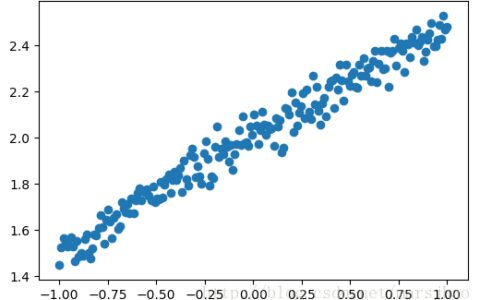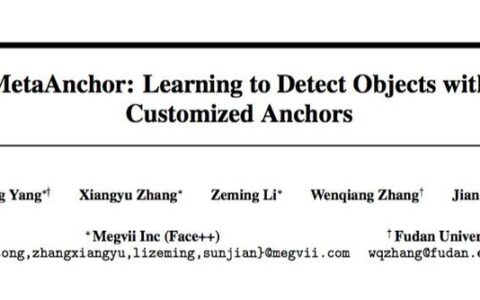方法一:
首先编写模型结构:
class Model(nn.Module): def __init__(self): super(Model,self).__init__() self.l1=nn.Linear(100,50) self.l2=nn.Linear(50,10) self.l3=nn.Linear(10,1) self.sig=nn.Sigmoid() def forward(self,x): x=self.l1(x) x=self.l2(x) x=self.l3(x) x=self.sig(x) return(x
然后编写限制权重范围的类:
class weightConstraint(object): def __init__(self): pass def __call__(self,module): if hasattr(module,'weight'): print("Entered") w=module.weight.data w=w.clamp(0.5,0.7) #将参数范围限制到0.5-0.7之间 module.weight.data=w
最后实例化这个类,对权重进行限制:
# Applying the constraints to only the last layer constraints=weightConstraint() model=Model() model._modules['l3'].apply(constraints)
方法二:
在模型train的时候,对参数的范围进行限制:
loss = criterion(out, var_y) optimizer.zero_grad() loss.backward() optimizer.step() for p in net.parameters(): p.data.clamp_(0, 99)
将权重和偏执的范围限制到0-99之间。
仅限制权重的范围,不限制偏执的范围:
for p in net.parameters(): p.register_hook(lambda grad: torch.clamp(grad, 0,10))
本站文章如无特殊说明,均为本站原创,如若转载,请注明出处:Pytorch如何约束和限制权重/偏执的范围 - Python技术站

 微信扫一扫
微信扫一扫  支付宝扫一扫
支付宝扫一扫 

